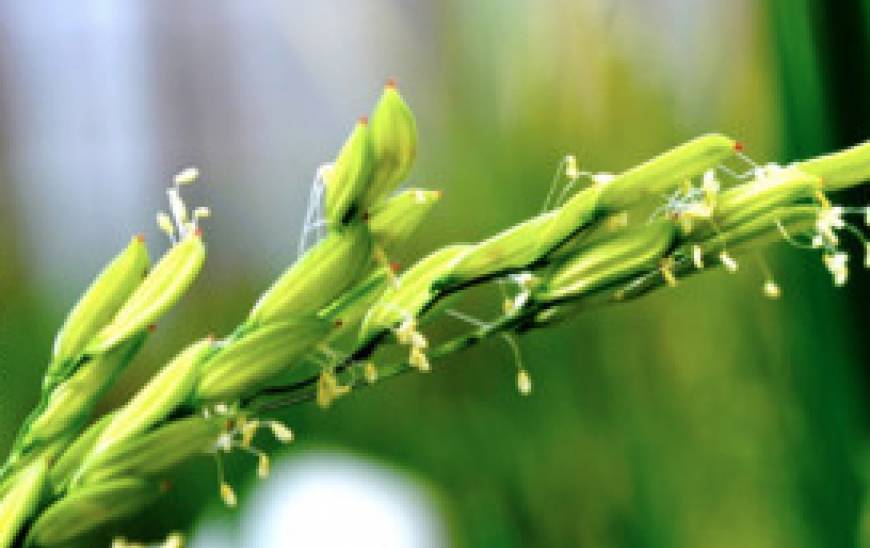The Stanford School of Earth, Energy & Environmental Sciences is now part of the Stanford Doerr School of Sustainability.
This page is currently being maintained for archival purposes only. For the latest information, please visit us here.
More frequent extreme heat during flowering presents risk for global crop production
Corn and rice are particularly vulnerable
June 18, 2013

Stanford scientists find that regardless of the impact of other global environmental change factors, such as increasing atmospheric CO2, more frequent extreme heat exposure during flowering will pose risks for global crop production in the coming decades. The research appeared in Environmental Research Letters as a written report accompanied by a video abstract.
Global exposure for wheat has risen significantly in the last 30 years and will continue to rise, while corn and rice are projected to see non-linear increases by the 2050’s, particularly in tropical areas. Adaptive measures such as changes in sowing dates, crop and variety switching, expansion of irrigation, and moving production to cooler areas may decrease the risk, according to the authors. The lead author is Sharon Gourdji, a postdoctoral researcher, who conducted the studies with Prof. David Lobell in the Stanford Department of Environmental Earth System Science and the Center on Food Security and the Environment.



